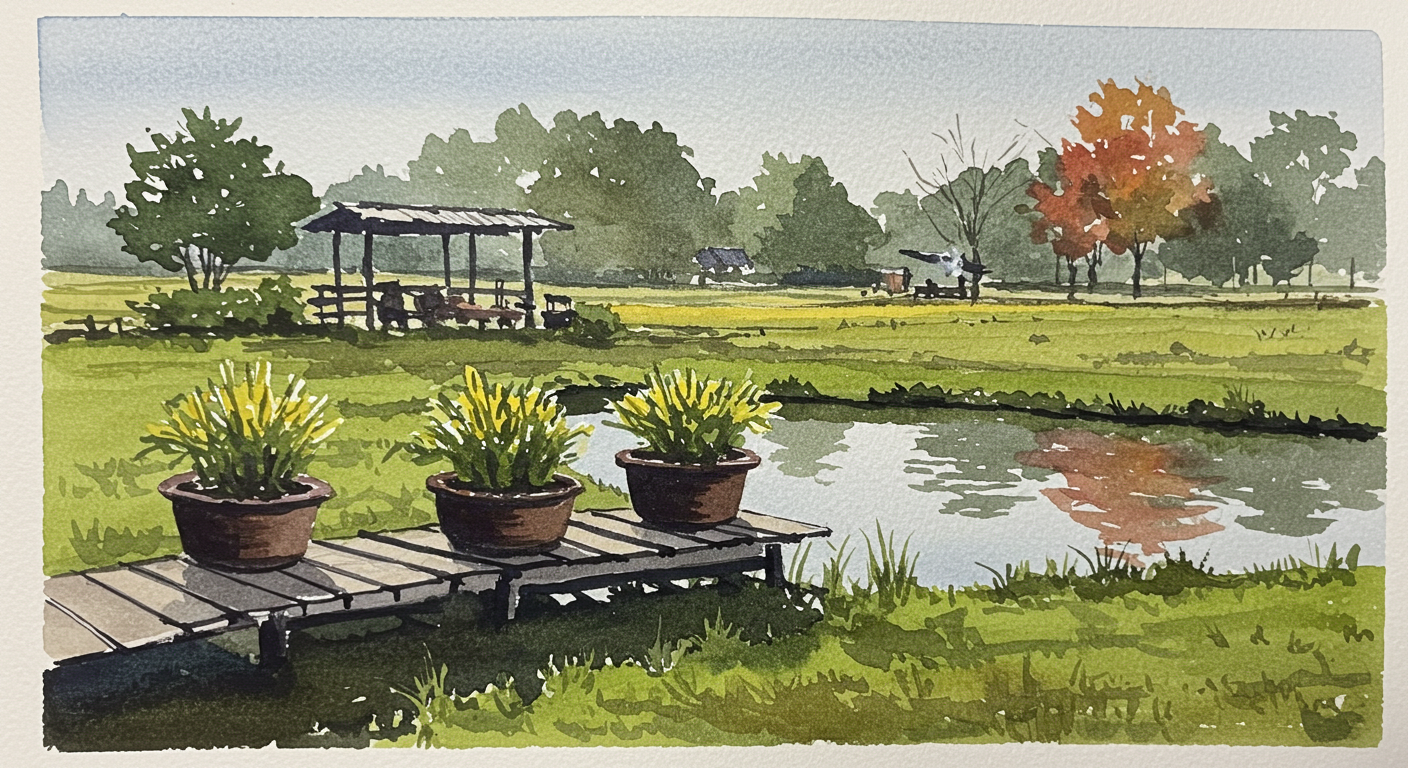I must start the answer with another question - Why do people create things?
Creation is an intimate act that forges an unbreakable spell between the creator and the createe. A smith heats the ore, drives out the carbon, and then reverses the entropic state locally to make his creation maellable to his end. And at the end, he plunges it into water of oil as concluding act to the spell. To forge a powerful artifact is to pour a part of yourself into it irrevocably - much like a kabbalist might breathe life into a golem, investing it with purpose and a fragment of their own spirit.
But we want more than just entanglement between us and our creation. Once in a while, someone (read: your’s truly) who has sat on the sideline for years, suddenly fancies himself an original and musters enough courage to want to share his thoughts with the world. Maybe his contribution will shift the distribution of knowledge in the world in a good way. And at the end, make his mark legible and timeless.
So, I write this blog to be remembered, to form intimate relationships, and to contribute back to the world.
Now, the question at hand
Substack and Notion feels too much like someone else’s garage where I cannot create stuff. I would be constantly anxious and worried! Thinking “will my greasy tools get the carpet wet?” Or “will my demented half thoughts be judged too harshly and pollute the feng-shui?”. To hold my tools and intermediate thoughts in proper order, I need a space where I can feel vulnerable and yet in control - I want the walls to love me and things laid out just how I like it without rousing the protective instinct of someone who owns expensive carpets.
So I must build my own house, garage and pond.

Why fabricate your own tools when we already have good tools for sale?
Much like how our tools are product of our psyche, tools also remake their creator and user in their images too. And not only during the act of creation, but also in the long compounding influence on each successive use. Hammer blows alters the skeletal structure irrevesibly, leaving one side of the body minisculy stronger than the other after muscular reconstitution. And too does the use of mental machinery. Each mental pattern strengthens the related neurons as they wire together. This goes for the basic tools as well as complicated tools that are themselves composition of many smaller things.
Having grown up with different languages, I’ve noticed how they act as mirrors of different convexity for the deep bayesian-undercurrent that makes up me. In Japanese, I am anxious-attached and polite to a fault - too self-conscious to even notice if I am walking off a verbal cliff. While in English, I am at my most natural. Self assured, secured - counting the seconds of breathing in and out like some psychopath. And perhaps a bit naive with a slice of cruelty. And in Chinese, I am more or less translucent, uncommitted and inoffensive. Ready to bend at a whiff of stiff wind. For us carbon-based monkies with abnormally large brains, a lot amount of that brain power are spent on language construction and comprehension. Thus, they are the principle tools of trade for work in memory and thinking. They are the common denominator of our thoughts casted down to paper and sounds. Chomsky may be wrong about many things, and still wrong about the fundamental purpose of language, but there is no denying that thinking is at least the second highest calling of language.
If our tools are so important to us, we must not leave it to the lowest-per-unit-cost manufacturing center to make them for us.
Welcome to my blog, yet again!
